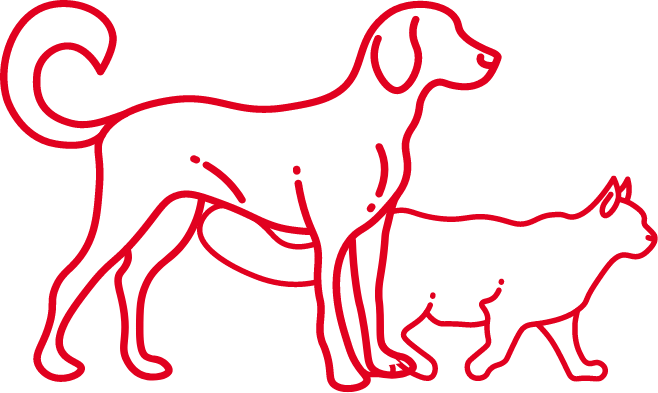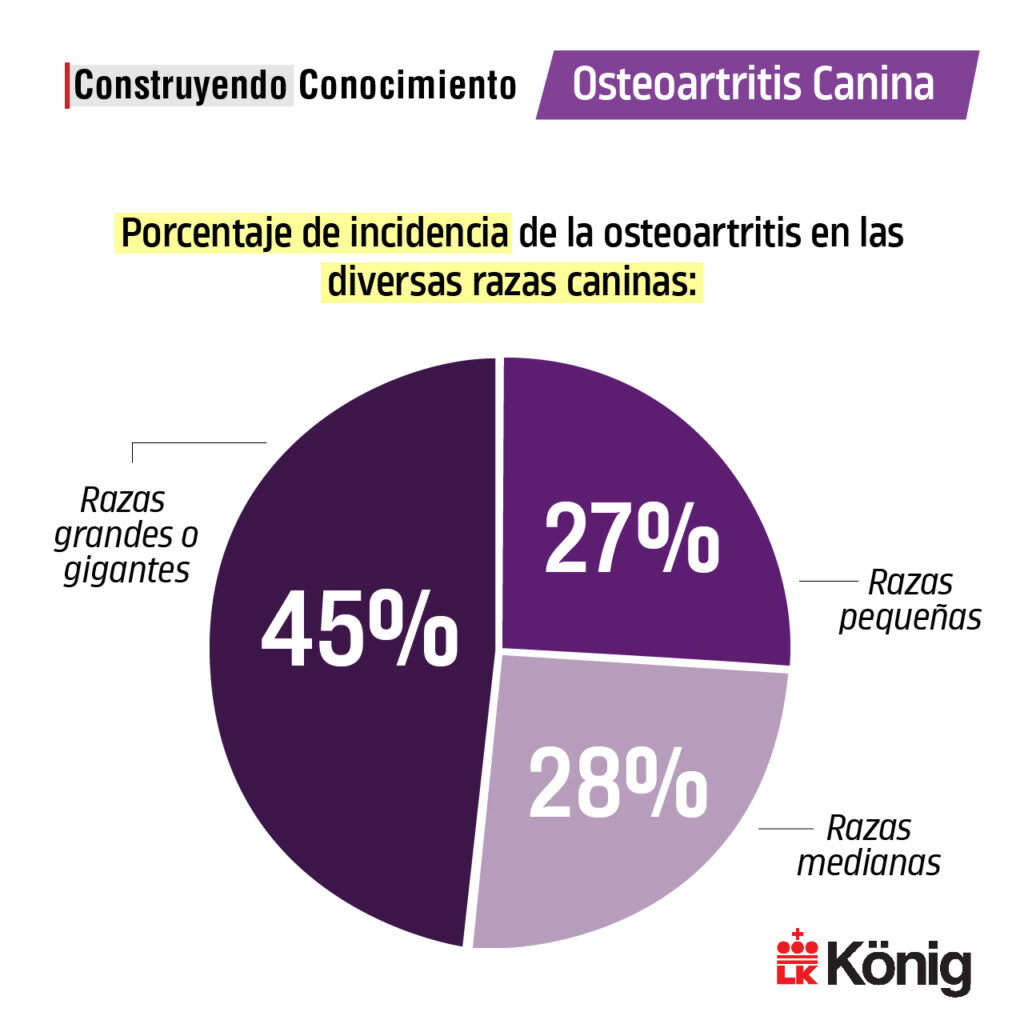Today, OA is approached in stages, taking into account not only the veterinarian’s clinical examination but also what the caregiver observes at home over time. In the preclinical phase, two stages are described: stage 0, in which the animal is clinically normal and shows no risk factors, and stage 1, in which there are still no visible signs but conditions exist that favor the onset of the disease, such as obesity. When OA is already clinically expressed, it is referred to as the clinical phase, with three stages: mild (2), moderate (3), and severe (4). This framework allows for a better correlation between the ‘problem joint’ and the patient’s overall physical integrity, guiding more precise therapeutic decisions.
The treatment goals are clear: to reduce pain and slow the progression of joint damage. In practice, the strategy is usually multimodal. For pain and inflammation control, nonsteroidal anti-inflammatory drugs (NSAIDs) are used, and in selected situations, glucocorticoids. At the same time, agents aimed at protecting the joint and modulating the disease are incorporated: glycosaminoglycan precursors, non-sulfated GAGs, sulfated GAGs, and polysulfated analogs such as sodium pentosan polysulfate (PPS).
Artrosan®, developed by Laboratorios König, belongs to this last group. It is a PPS-based medication that offers a triple complementary action: it reduces inflammation in joint tissues, improves subchondral and synovial blood flow, and promotes cartilage nutrition and protection. By mobilizing thrombi and deposits of fibrin, lipids, and cholesterol in the subchondral capillaries, Artrosan® optimizes the supply of nutrients to the cartilage and periarticular tissues, contributing to the functional recovery of the joint.
In the presence of lameness, stiffness when getting up, exercise intolerance, or changes in mood, it is recommended to consult a veterinary professional. A comprehensive plan that combines pain management, weight control, physiotherapy, and OA modulators can substantially improve the patient’s well-being and quality of life.
One of the product’s successful cases involved an elderly male German Shepherd with stage 4 clinical OA, experiencing severe pain, muscle atrophy, and unable to stand without the help of his owners. This situation led his caregivers to consider euthanasia.
In this scenario, the veterinarian recommended starting treatment with Artrosan® (1 application per week, 4 applications in total) and evaluating the clinical response. After the second application, the dog was not only able to get up on his own but could also climb in and out of his owners’ vehicles. This German Shepherd received therapeutic cycles of Artrosan® every 4 to 5 months, achieving a better quality of life for both him and his owners.







